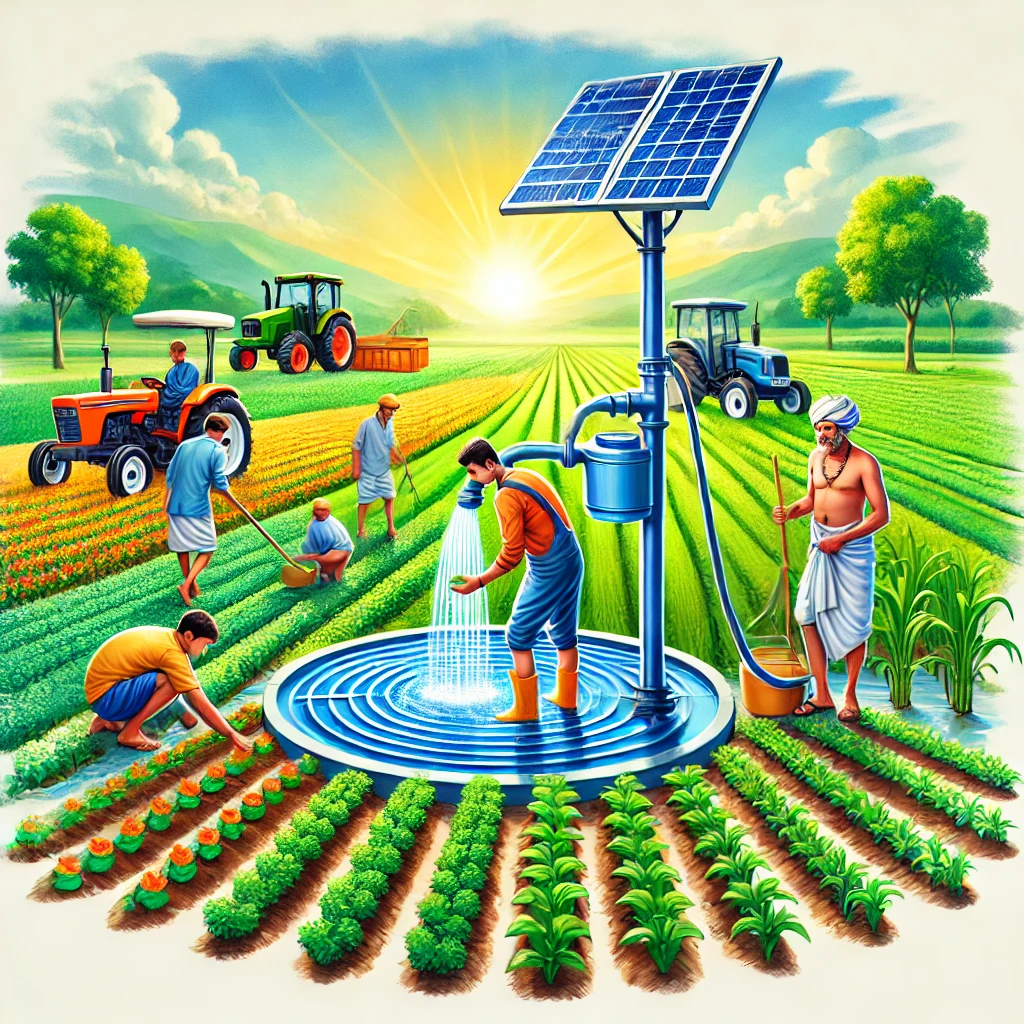Exogenic forces are external processes that play a crucial role in shaping the Earth’s surface. These forces are driven by energy originating from outside the Earth’s interior, primarily from the sun and the atmosphere. Exogenic forces work in tandem with endogenic forces, which originate from within the Earth, to create the dynamic and ever-changing landscape we see today.
- Weathering: Breakdown of rocks due to temperature changes, water, and biological activity.
- Erosion: Removal and transportation of surface materials by wind, water, and ice.
- Mass Wasting: Downhill movement of rock and soil under the influence of gravity.
- Deposition: Accumulation of sediments in new locations, forming features like deltas and sand dunes.
- Glacial Activity: Movement of glaciers that reshape the landscape through erosion and deposition.
- Coastal Processes: Wave action and currents that erode shorelines and transport sediments.
What Are Exogenic Forces?
Exogenic forces are natural processes that originate from outside the Earth’s crust and act upon its surface. They are primarily driven by solar energy, gravity, and the atmosphere. These forces can be categorized into four main types: weathering, erosion, transportation, and deposition. Each of these processes contributes to the continuous cycle of breaking down, moving, and depositing earth materials, thereby reshaping the landscape.

Types of Exogenic Forces
Exogenic forces can be further categorized based on the natural agents responsible for them. Each type of exogenic force plays a distinct role in shaping the Earth’s surface and contributes to the formation of unique landforms.
Fluvial Processes
Fluvial processes are related to the action of rivers and streams. These processes include weathering, erosion, transportation, and deposition of materials by flowing water. Rivers carve out valleys, create floodplains, and build deltas through their erosive and depositional activities. The speed and volume of river water, along with the gradient and nature of the riverbed, influence the extent of fluvial processes.
Aeolian Processes
Aeolian processes are driven by the action of wind, particularly in arid and semi-arid regions. Wind can erode, transport, and deposit sediments, leading to the formation of landforms such as dunes, loess deposits, and deflation hollows. The effectiveness of aeolian processes depends on factors such as wind speed, vegetation cover, and the availability of loose, unconsolidated sediments.
Glacial Processes
Glacial processes are associated with the movement of glaciers and ice sheets. Glaciers erode the underlying rock through processes such as plucking and abrasion, transport large volumes of debris, and deposit these materials as glacial till, moraines, and outwash plains. Glacial processes are most active in polar and mountainous regions where ice accumulates and flows under the influence of gravity.
Coastal Processes
Coastal processes involve the action of ocean waves, tides, and currents on the shoreline. These processes lead to the erosion, transportation, and deposition of coastal sediments, resulting in the formation of landforms such as beaches, cliffs, spits, and barrier islands. Coastal processes are influenced by factors such as wave energy, sea level changes, and the nature of coastal rocks and sediments.
Mass Wasting
Mass wasting, also known as mass movement, refers to the downslope movement of soil, rock, and debris under the influence of gravity. This process includes landslides, rockfalls, mudflows, and soil creep. Mass wasting can be triggered by factors such as heavy rainfall, earthquakes, volcanic activity, and human activities. It plays a significant role in shaping mountainous and hilly terrains.
Features of Exogenic Forces
Exogenic forces are powerful natural processes that play a crucial role in shaping the Earth’s surface. Here are some of the key features of exogenic forces:
- External Origin: Exogenic forces originate from outside the Earth’s crust, primarily driven by solar energy, atmospheric conditions, and gravity. They contrast with endogenic forces, which are driven by energy from within the Earth.
- Weathering: One of the primary features of exogenic forces is weathering, the breakdown of rocks and minerals at the Earth’s surface through physical, chemical, and biological processes. Weathering prepares materials for erosion and transportation.
- Erosion: Exogenic forces cause erosion, the process of wearing away and removing the Earth’s surface materials by natural agents such as water, wind, ice, and gravity. Erosion shapes the landscape by creating valleys, canyons, and other landforms.
- Transportation: These forces are responsible for the transportation of weathered and eroded materials from their source to new locations. Rivers, glaciers, wind, and ocean currents are common agents of transportation, moving sediments over various distances.
- Deposition: Exogenic forces lead to the deposition of transported materials when the energy of the transporting agent decreases. Deposition forms various landforms such as deltas, alluvial fans, dunes, and glacial moraines.
- Fluvial Processes: Rivers and streams are major agents of exogenic forces, involved in weathering, erosion, transportation, and deposition. Fluvial processes shape river valleys, floodplains, and deltas, creating fertile land for agriculture.
- Aeolian Processes: Wind-driven processes, known as aeolian processes, are significant in arid and semi-arid regions. They include the erosion, transportation, and deposition of sediments, leading to the formation of landforms like dunes and loess deposits.

Impact of Exogenic Forces on the Environment
Exogenic forces have a profound impact on the environment, influencing the formation and evolution of various landforms, ecosystems, and human activities. The continuous interplay between weathering, erosion, transportation, and deposition shapes the Earth’s surface and creates diverse landscapes.
Landscape Formation
Exogenic forces are responsible for creating and modifying landforms such as mountains, valleys, plateaus, plains, and coastlines. The processes of weathering and erosion break down rocks and minerals, while transportation and deposition redistribute these materials, leading to the formation of new landforms.
Soil Formation
Weathering processes play a crucial role in soil formation by breaking down rocks into smaller particles that combine with organic matter to create fertile soil. The type and composition of soil depend on the parent rock material, climate, and the duration of weathering processes. Soil is essential for supporting plant growth and maintaining ecosystems.
Ecosystem Development
Exogenic forces influence the distribution and characteristics of ecosystems by shaping the physical environment. For example, river valleys provide fertile land for agriculture, coastal areas support diverse marine and estuarine ecosystems, and mountainous regions create unique habitats for flora and fauna. The interaction between physical processes and biological communities drives ecosystem development and succession.
Human Activities
Exogenic forces impact human activities by shaping the land and providing natural resources. Rivers and floodplains support agriculture and human settlements, coastal areas facilitate trade and transportation, and mountainous regions offer resources such as minerals and fresh water. However, exogenic forces can also pose hazards to human activities, such as landslides, coastal erosion, and river flooding.
Climate and Weather Patterns
Exogenic forces influence climate and weather patterns by modifying the Earth’s surface and atmospheric conditions. For example, the erosion of mountains and the deposition of sediments in oceans can affect ocean currents and atmospheric circulation, impacting global climate systems. Additionally, weathering processes release gases such as carbon dioxide into the atmosphere, contributing to climate regulation.

Conclusion
Exogenic forces are powerful agents of change that continuously shape the Earth’s surface. Through processes such as weathering, erosion, transportation, and deposition. Understanding what exogenic forces are and their various types provides valuable insights into the dynamic interactions between the Earth’s surface and external energy sources. These forces not only create and modify landforms but also influence ecosystems, human activities, and climate patterns. By studying exogenic forces, we can better appreciate the complexity and interconnectedness of natural processes that shape our planet and develop strategies to mitigate the impacts of these forces on the environment and human societies.
| Exogenic Forces UPSC Notes |
| 1. Exogenic forces are external processes that shape the Earth’s surface through weathering, erosion, and deposition. 2. Weathering involves the breakdown of rocks into smaller particles by physical, chemical, or biological means. 3. Erosion is the movement of weathered material by agents such as water, wind, ice, and gravity. 4. Deposition occurs when eroded materials are transported and deposited in new locations, forming features like deltas, sand dunes, and sedimentary layers. 5. Rivers and streams play a significant role in shaping landscapes by eroding valleys and creating floodplains. 6. Coastal erosion and deposition by waves and currents constantly reshape shorelines, forming beaches, cliffs, and coastal landforms. 7. Wind erosion and deposition are prominent in arid and semi-arid regions, leading to the formation of features like sand dunes and loess deposits. 8. Glacial erosion and deposition create distinctive landforms such as U-shaped valleys, moraines, and drumlins. |



